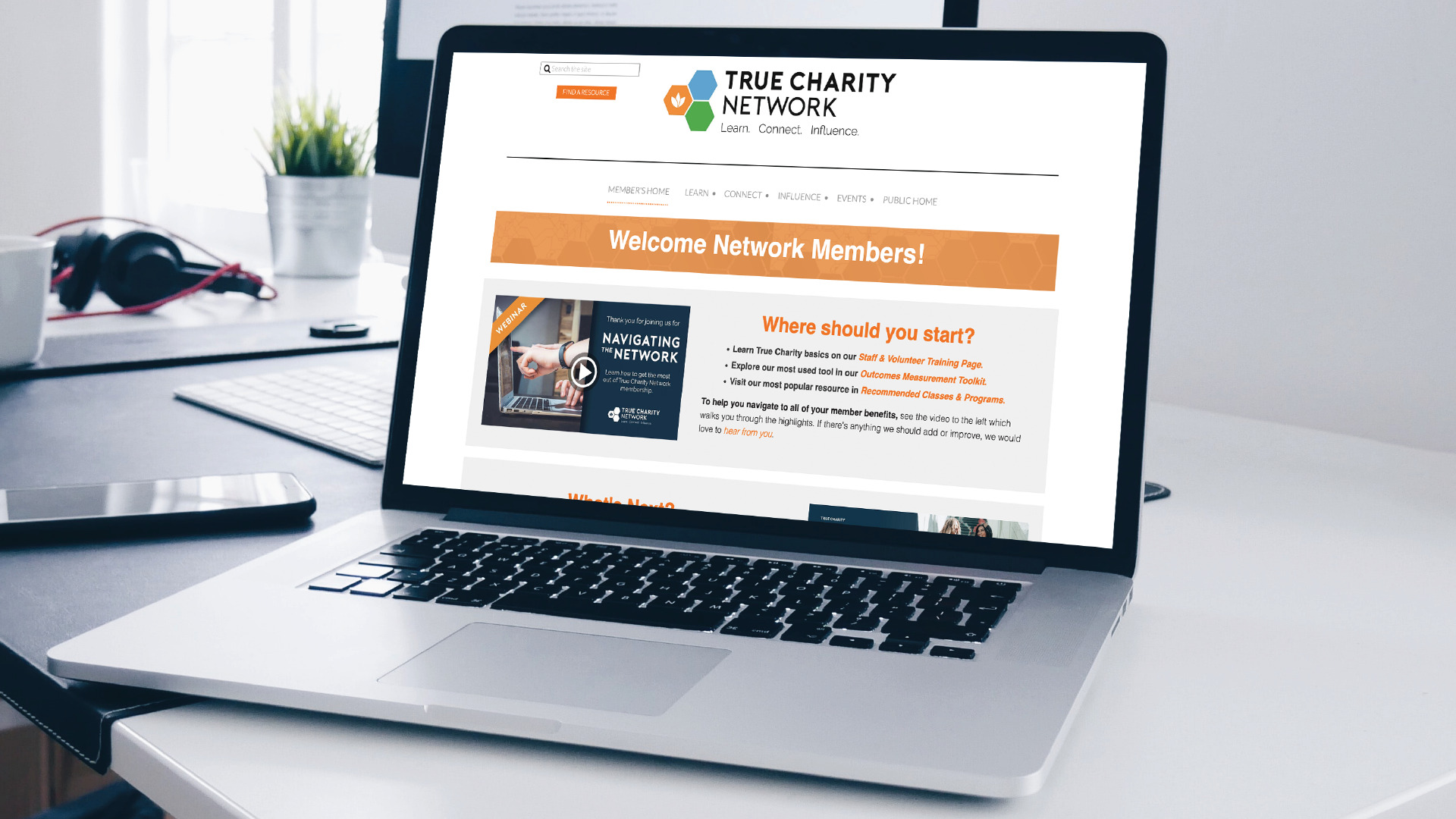Recruiting Clients Ready for Change: November’s True Charity Chat
 Avery West
Avery West
Membership Engagement Director
Read more from Avery
In November, True Charity Network members gathered for the very first True Charity Chat. We shared experiences, challenges, and ideas about serving clients who are truly ready to take steps toward stability.
Because many programs offer food, clothing, and shelter with no strings attached, nonprofits and churches with an eye toward long-term sustainability sometimes have a tough time attracting individuals and families to their relational, challenge-oriented programs.
The following five ideas surfaced over the course of the conversation:

1) Put Relationships First
Many people, when they hit rock bottom, turn to places where they feel loved and known. In every interaction with an individual, even if it is just explaining that you don’t provide the particular service that he or she is looking for, prioritize the relationship. Treating our neighbors as unique people with a past and a future can help them value what they didn’t know they were looking for.

2) Be Available When You’re Needed
One member shared that opening on weekends allowed his nonprofit to reach many individuals they would never have met otherwise. It may seem simple, but it is important to ask the community you serve about the time of day when they most need you. Perhaps single parents work weekday mornings, or a popular recovery class meets Thursday nights. Not only does adjusting your schedule to the needs of the community make it more likely that individuals will come, but it also sends the message that you value their needs, commitments, and ideas.

3) Begin With a Low-Barrier
Programs will often offer some temporary good or service before asking for more buy-in on the part of the client. For instance, some shelters allow an individual to stay for three days before taking part in case management. A thrift store might offer a $10 voucher alongside the opportunity to spend time working for additional vouchers. Not only does this bring people to your door, but it gives your staff a chance to form those relationships that will keep individuals coming back.

4) Focus on the Few
During the True Charity Chat, multiple leaders shared that they simply had to realign their expectations about how many people are willing to commit to taking steps out of poverty. They shifted to investing deeply in the handful of individuals and families who are working hard to overcome their challenges. Working more deeply with fewer people can result in better long-term outcomes than working superficially with hundreds.

5) Offer Something of Real Value
Especially if you require some sort of exchange for your goods and services, be sure to honor the dignity of those you serve with quality goods and services. Engaging in reciprocal exchange, rather than a simple giving/receiving relationship, means that the individual in poverty has power as a kind of customer. Quality does not necessarily imply expense—it could mean well-trained mentors, top-notch recovery programming, a well-designed lobby, or a home-cooked meal.
Overall, members shared that, over the years, they’ve learned they can’t guarantee that any individual will desire empowering, relational services, but they can create a loving, dignified environment and offer a real opportunity to those who are ready.
Members, keep an eye out for our next True Charity Chat so that you can join in the conversation!

This article is just the tip of the iceberg for the practical resources available through the True Charity Network. Check out all of the ways the network can help you learn, connect, and influence here.
Already a member? Access your resources in the member portal.




Leave a Reply
Want to join the discussion?Feel free to contribute!